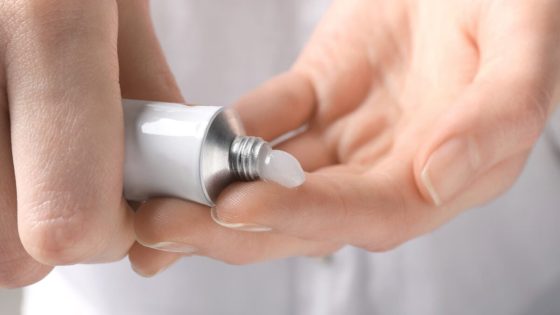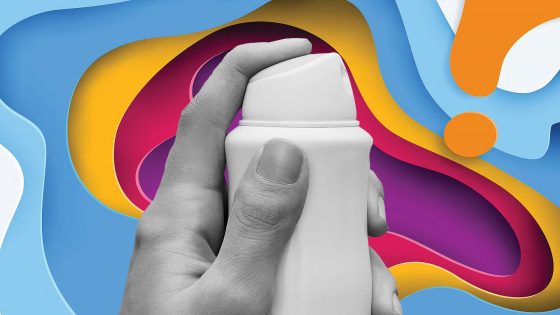For individuals managing diabetes, high blood sugar can lead to severe complications, including chronic wounds that resist healing. A groundbreaking gel-based treatment, revealed in a study published on 2025-08-08, shows promise in accelerating wound closure significantly.
- New gel treatment accelerates wound healing.
- Targets thrombospondin-1 (TSP-1) protein.
- Increases blood vessel formation in wounds.
- Uses small extracellular vesicles (sEVs).
- Significant improvement in diabetic mouse models.
- Potential for clinical trials and patient impact.
This innovative therapy targets thrombospondin-1 (TSP-1), a protein known to inhibit new blood vessel growth, which is essential for healing. By reducing TSP-1 levels, researchers observed a remarkable 90% wound closure rate in diabetic mouse models within just 12 days, compared to a mere 20% in untreated cases.
This advancement raises an important question: How can we improve wound care for diabetes patients? The findings suggest that combining tissue engineering with molecular biology can lead to effective treatments. Here are some health recommendations for those with diabetes:
- Monitor blood sugar levels regularly to prevent complications.
- Consult healthcare providers for personalized wound care strategies.
- Consider emerging treatments like the new gel therapy.
As research progresses, staying informed about innovative therapies can empower patients and caregivers alike. Embrace these advancements to improve health outcomes and quality of life.

















![[Adobe Stock]](https://news.faharas.net/wp-content/uploads/2025/07/Ketogenic-Diet-Boosts-Brain-Blood-Flow-by-22-and-BDNF-230x129.jpg)














